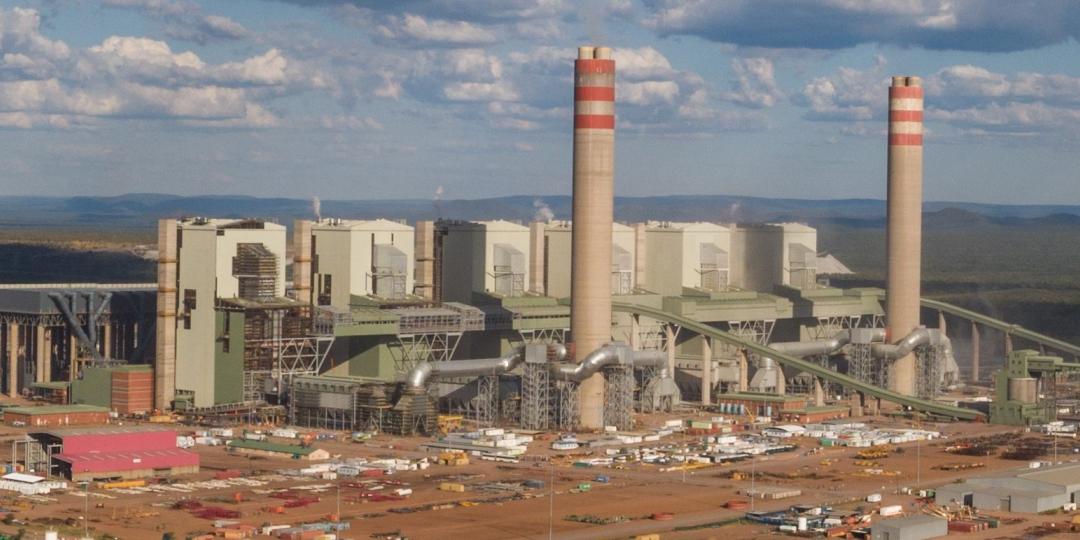The Eskom Energy Action Plan (EAP) is not a “silver bullet” solution to load shedding but a major player in the short-term while additional generation projects and collaborative efforts take effect.
This is according to the Minister of Electricity, Kgosientsho Ramakgopa, who spoke on the implementation of the Energy Action Plan at a media briefing earlier this week. He said that although there were momentary setbacks, there was recorded progress in the decrease of load shedding because of a “synergy of efforts” from Eskom and other stakeholders.
Some solutions are beginning to bear fruit, he said. “During the period from December 2023 to January 2024, we undertook planned maintenance, removing 18% of the total generation capacity – approximately 19 900 MW – in one go. These facilities are now returning to service, contributing to the grid’s capacity and leading to instances where supply exceeds demand.”
In addition, the National Treasury is expediting the procurement process. Ramakgopa emphasised that this is not to compromise competitiveness and transparency but to enable Eskom to respond swiftly to the load shedding challenge. “Treasury has eased certain requirements, leading to faster procurement, thereby gradually reducing the occurrence of outage slips. These slips result from our inability to have units operational as promised, due to the excessive procedures involved in the procurement process.” He added that Eskom was holding discussions with mines regarding the quality and quantity of coal.
Medupi power station is poised to come back online earlier than the previously projected 2025 timeline, Ramakgopa said.
A second-hand generator stator was delivered to Medupi on March 5, followed by successful unloading from the multi-axle vehicle on March 11th. Medupi unit 4 is on track to be commissioned in August.
Furthermore, Koeberg unit 2, with a capacity of 932 MW, is currently undergoing the process of returning to service and is expected to be operational again in September. Kusile unit 6, with a capacity of 800 MW, is scheduled to synchronise in September.















